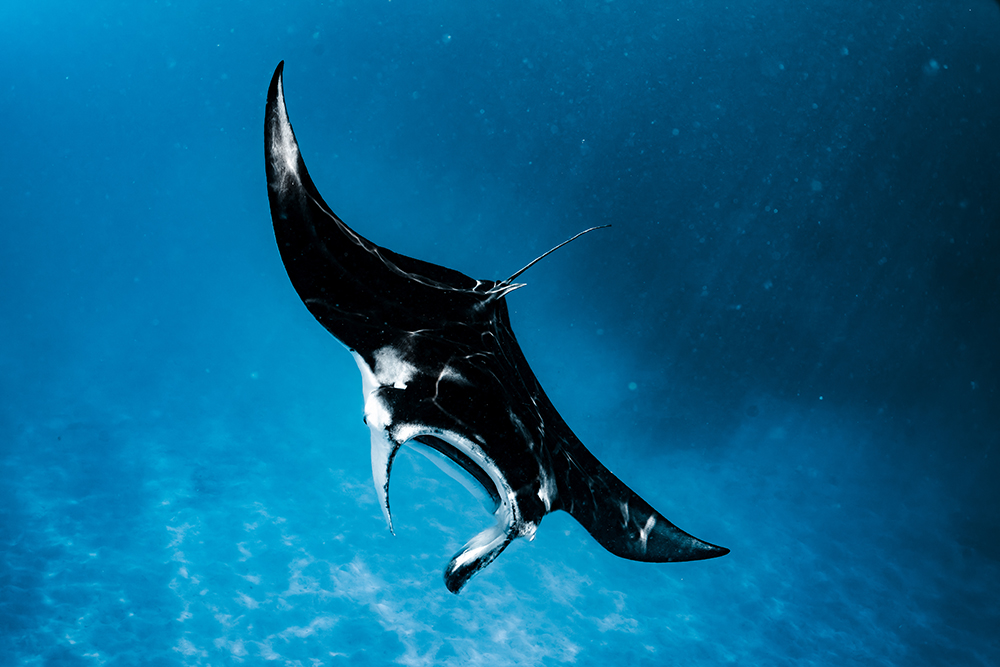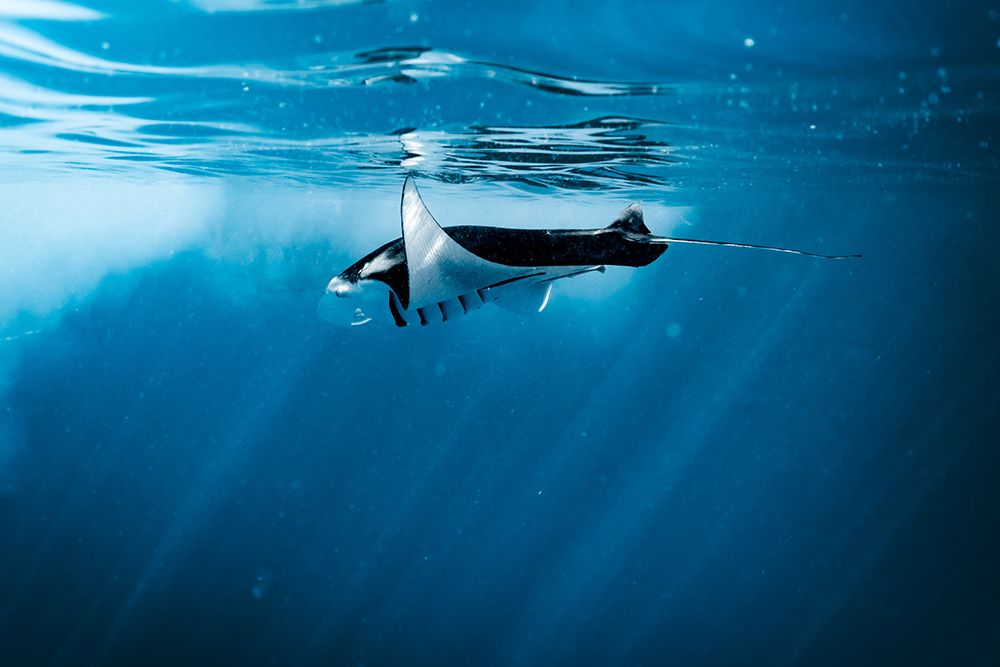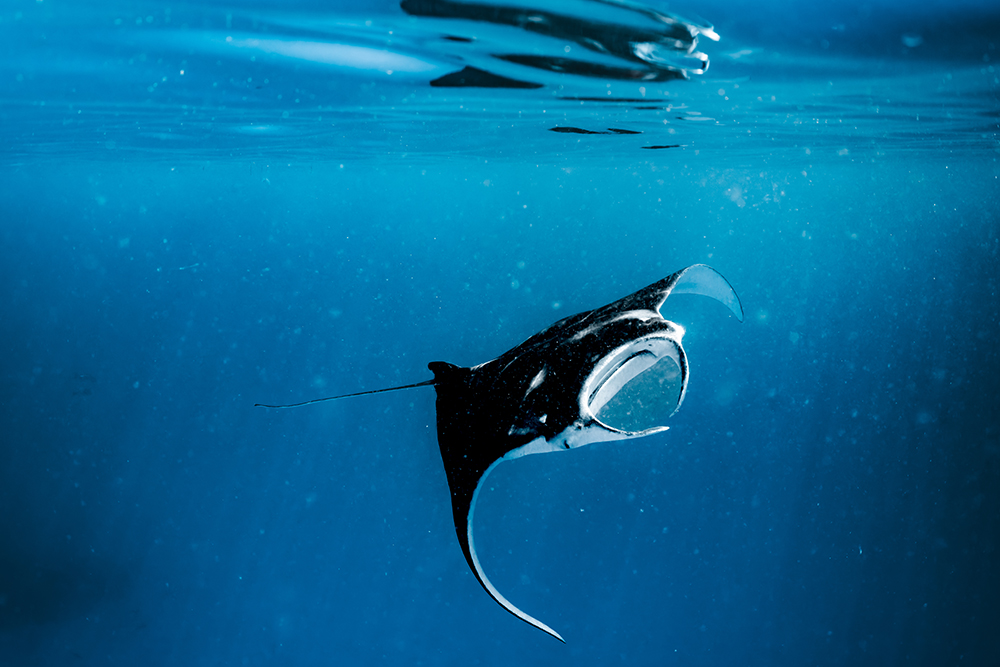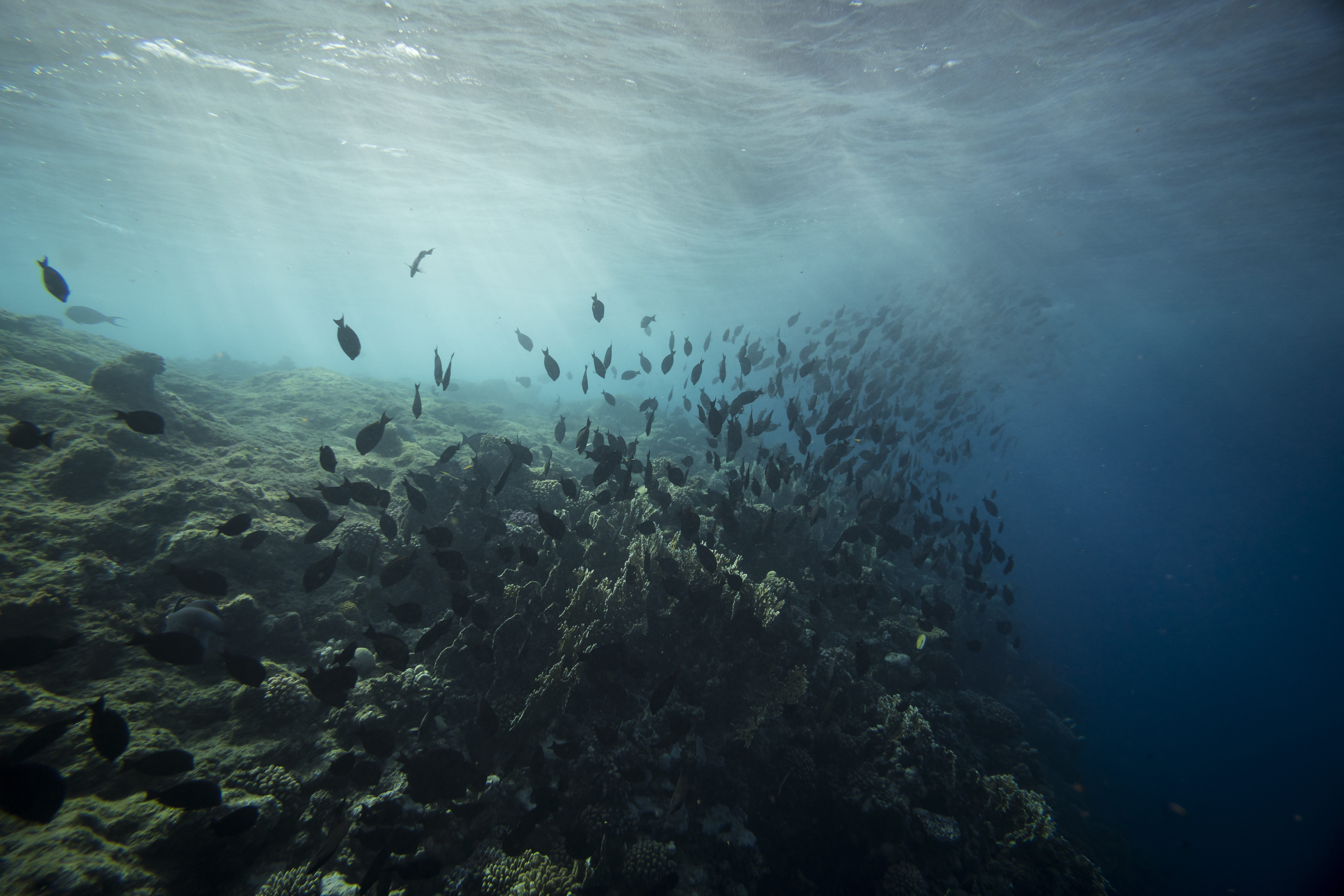
31 jul 2025
Diving with the TAMRON 20–40mm – A Hands-On Experience
Diving with the Tamron 20–40mm – A Hands-On Experience
By Stefan Tschumi
My passion for photography began in 2008, sparked by a formative encounter with the Dalai Lama’s official photographer during my university studies. Since then, photography has never let go of me. Today, I work as a freelance photographer and videographer, taking on projects for TV productions and universities, where I also teach photography and video. I’m often on the road for assignments – sometimes for weeks at a time. Last year, I spent two months in Namibia creating video portraits for a hotel chain. I also spent time on the Galápagos Islands working on a magazine story, and documented whale sharks and giant mantas in the Maldives. For me, photography and video go hand in hand – they complement each other perfectly.
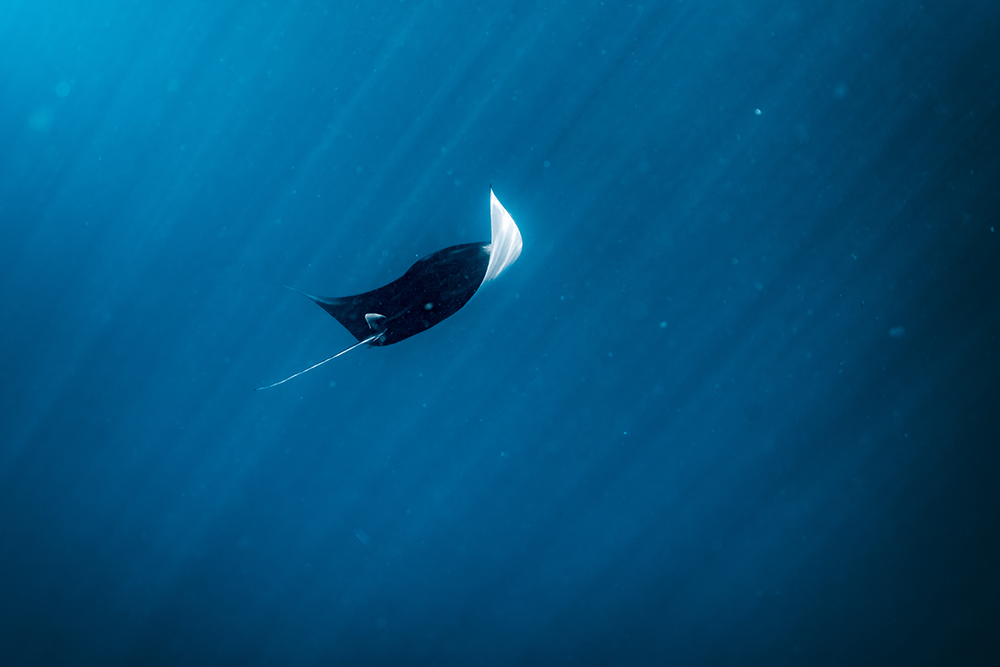
Zooming Underwater? Finally Possible!
The idea to use the TAMRON 20–40mm underwater came about spontaneously. I’ve done quite a few dives before, but almost always with prime lenses. Zoom lenses are usually tricky underwater because they’re often too large to fit in standard underwater housings.
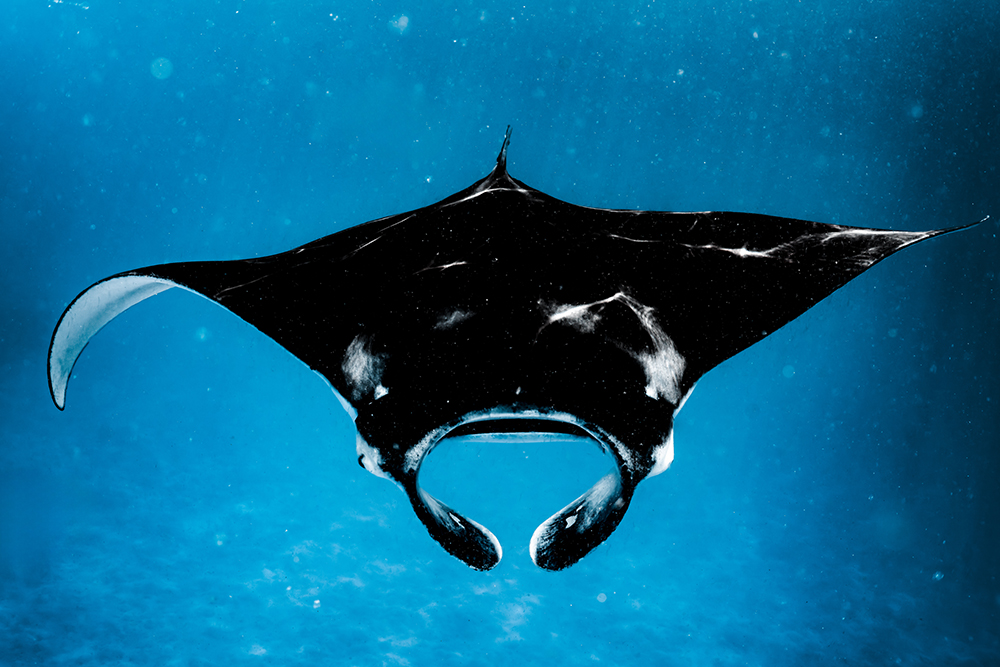
That wasn’t the case with the 20–40mm. The lens is super compact and worked beautifully even inside the housing. I was able to zoom and manually focus underwater using external control wheels and focus rings. That was a huge plus, as I wasn’t limited to just one focal length. With a prime lens – say, a 16mm – you’re locked in. Now I had the flexibility to zoom in when needed, and that made a big difference. It was genuinely fun to work with.
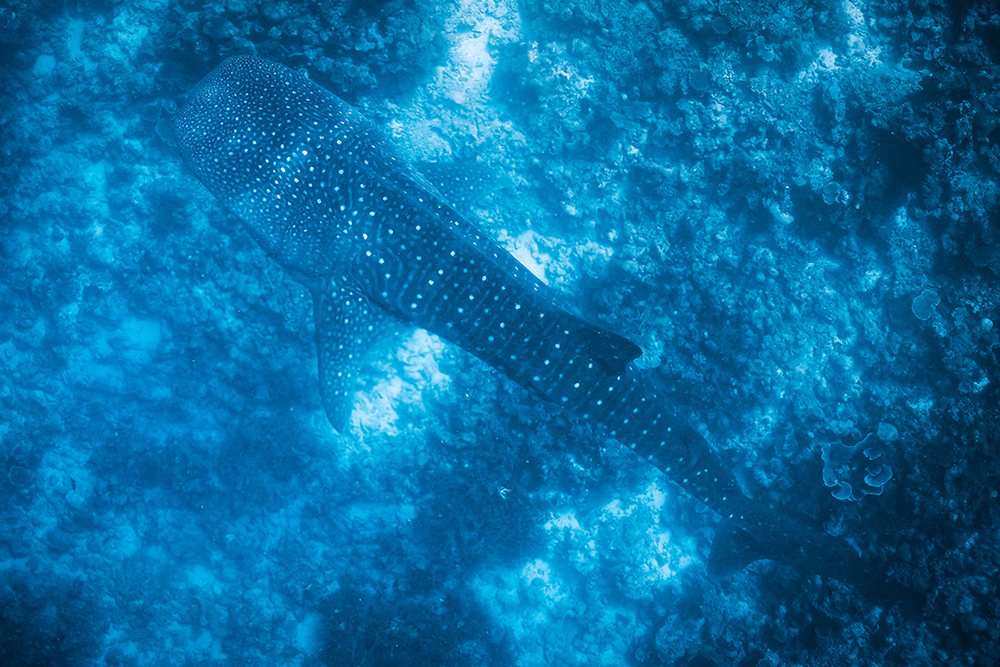
On Location: Switzerland, Maldives, Galápagos
I took the lens along on several assignments, including a shoot with Maja Homberger, a pioneer in Swiss tourism – which also involved underwater shots. After that, I headed to the Maldives, where I focused on photographing giant mantas and other marine life. Being able to adapt quickly to different situations was a real advantage.
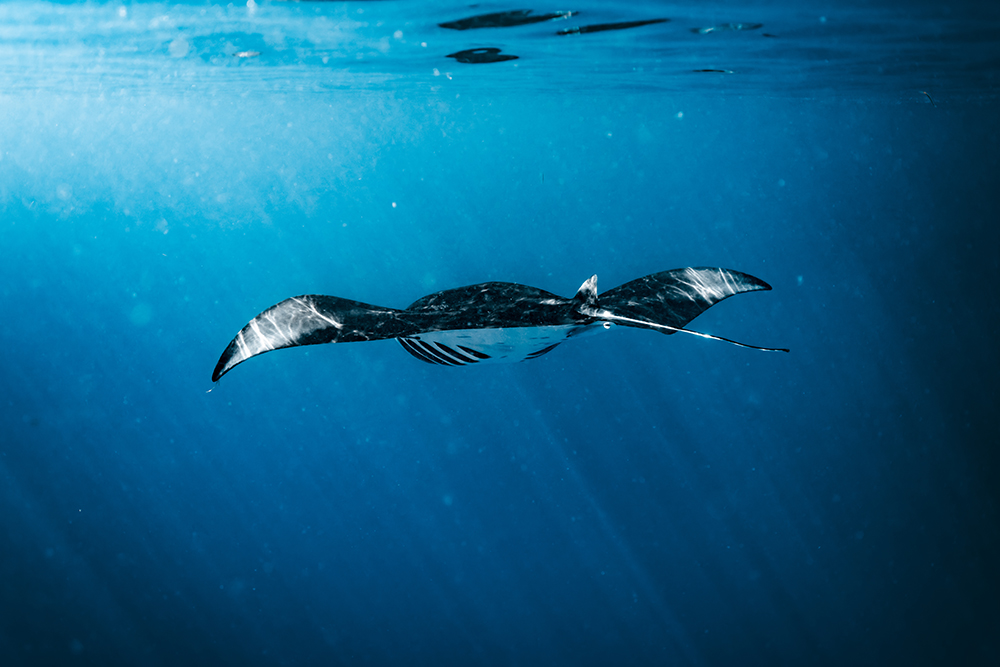
I used the TAMRON 20–40mm on the Sony A1 – and the autofocus worked flawlessly underwater. While manual focus is also possible, the fast and precise autofocus made things much easier. Underwater, I usually rely on wide-angle lenses, since larger lenses don’t fit into the housings. But with the 20–40mm focal length, I suddenly had creative flexibility I’d never had underwater before.
Of course, the lens isn’t just suited for underwater use. It’s also a great option for landscape photography or video work with a gimbal. In Morocco, for example, I used it as a secondary lens alongside the 35–150mm F/2–2.8 Di III VXD. Especially when mounted on a gimbal, the 20–40mm shines: it’s well balanced and barely extends when zooming, making for stable, uninterrupted shots.
My Conclusion
Whether in Switzerland, the Galápagos, or the Maldives – the 20–40mm was a consistently reliable companion. Underwater, its compact build and flexible focal range opened up entirely new creative possibilities. And on land – during travels or video productions – it has become a regular part of my gear, thanks to its strong image quality and ease of use.
TAMRON products mentioned in this article
20-40mm F/2.8 Di III VXD
Model A062

